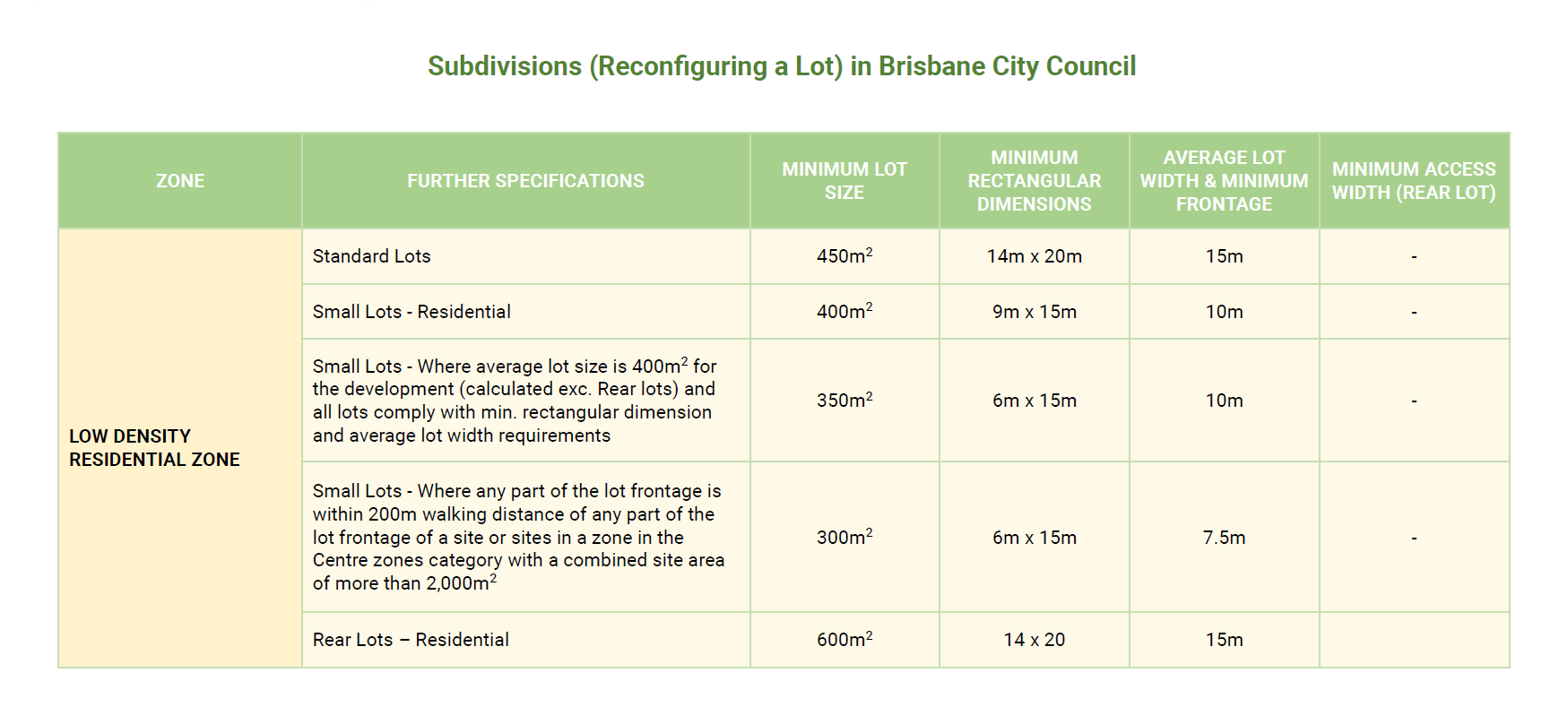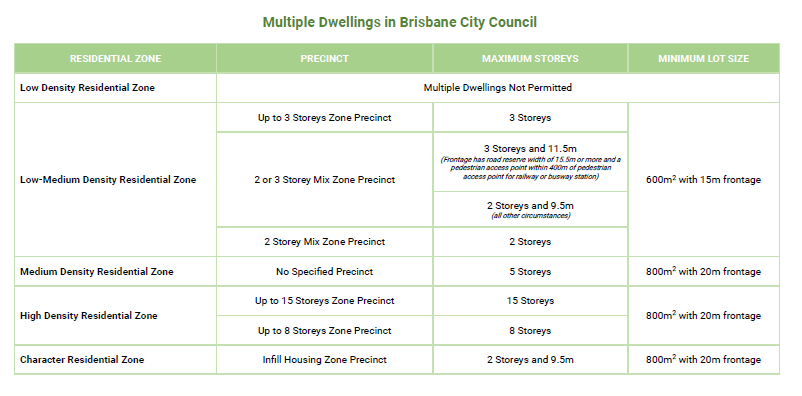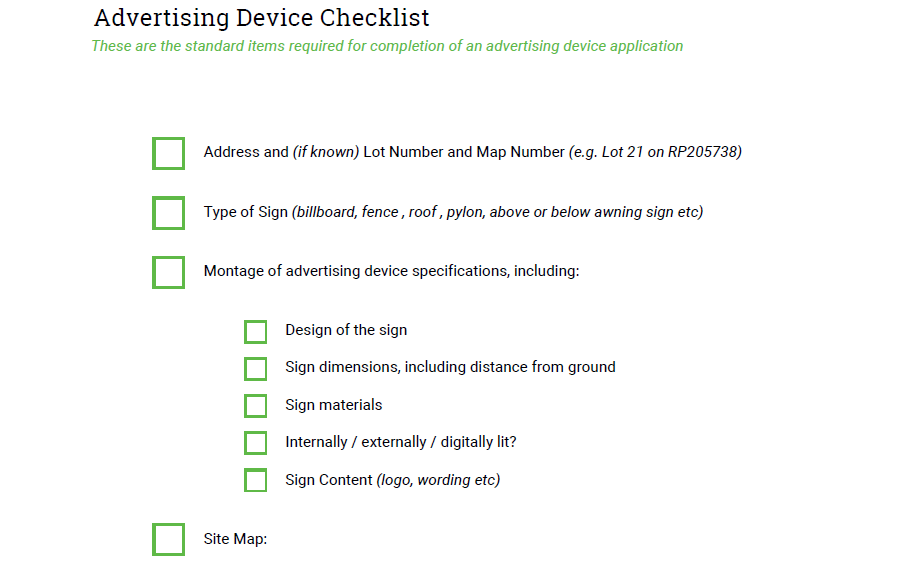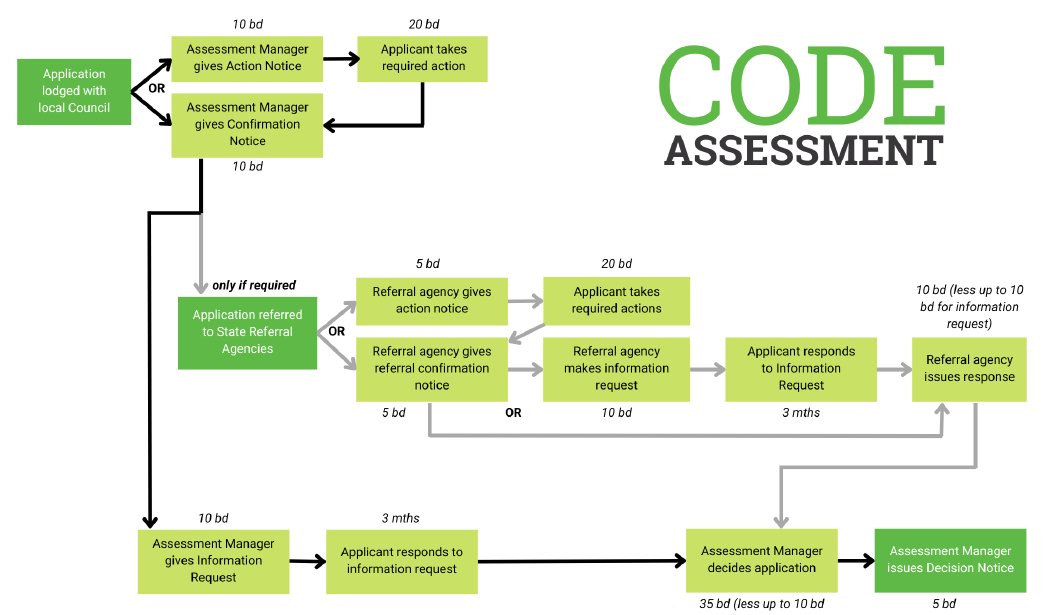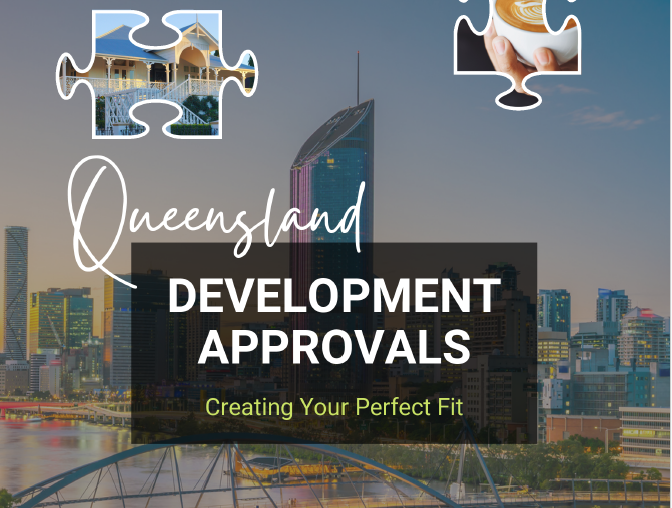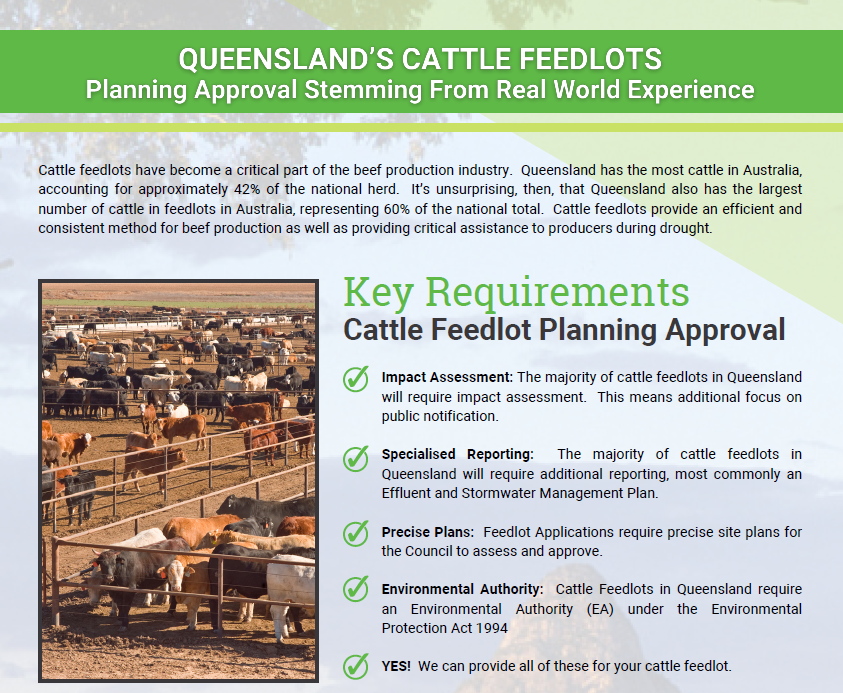By Renee Wall
•
July 15, 2025
One of the most common questions we hear is, “How much will this development application cost?” . We know that budget is an important factor in getting an idea or project off the ground and whilst this question seems straightforward, there are actually a lot of variables involved. So, let us arm you with as much as we can to help you determine the cost of your QLD development application and show you the value of hiring a Town Planner . Cost #1: Council Application Fees Council application fees are one of those variables we just can’t guess at. It depends on the Council, the type of development, the assessment level, and sometimes other smaller factors a particular Council might introduce. This means that Council’s application fee could be $1,000 or it could be over $10,000. Councils are obligated to charge development application fees on a ‘cost-recovery’ basis, which is a common legal requirement for Council’s to set fees that recover the actual cost of processing applications. How do I find the fee? Every Queensland Council will publish a Fee Schedule online. The easiest way to find it is to Google search “[Council Name] fees and charges”, which should bring up a link to their most recent. These fees and charges are usually set at the beginning of each financial year (e.g. 2025-2026). The section you need will usually be labelled Planning or Town Planning or Development. Determining the fee will mean understanding your development with relation to the planning scheme: Is it MCU (changing or increasing the use) or RAL (reconfiguration / subdivision)? Is assessment level Code (suits the zone) or Impact (may impact the zone)? What zone is the development in? Is the development residential, commercial, industrial, rural etc? Plus, other criteria within the breakdown of the Council’s fees. Cost #2: Council Infrastructure Charges Council Infrastructure Charges are, more often than not, payable for new developments, even on properties already developed that will have further development carried out on it. This is because the increase in use of the property can impact the capacity of the Council’s infrastructure (stormwater, water, sewerage, roads, and parks) and so needs to contribute towards upgrades and maintenance. As with Council’s fees and charges, this isn’t something that can be quoted easily because of the variables. It can range from thousands to tens of thousands. How do I find the fee? To find out how much your infrastructure charges will be, Google “[Council Name] infrastructure charges” or “[Council Name] charges resolution” and find the most recent charges resolution. Unlike the Council’s fees & charges, the infrastructure charges may not be updated yearly. A typical Infrastructure Charges Resolution will be named, for example, ‘Charges Resolution (No. 4.1) 2023’ and will be provided in pdf format. Within the document, you are seeking the ‘Adopted Charges’ table, within which you identify MCU/RAL, zone, and development type.




